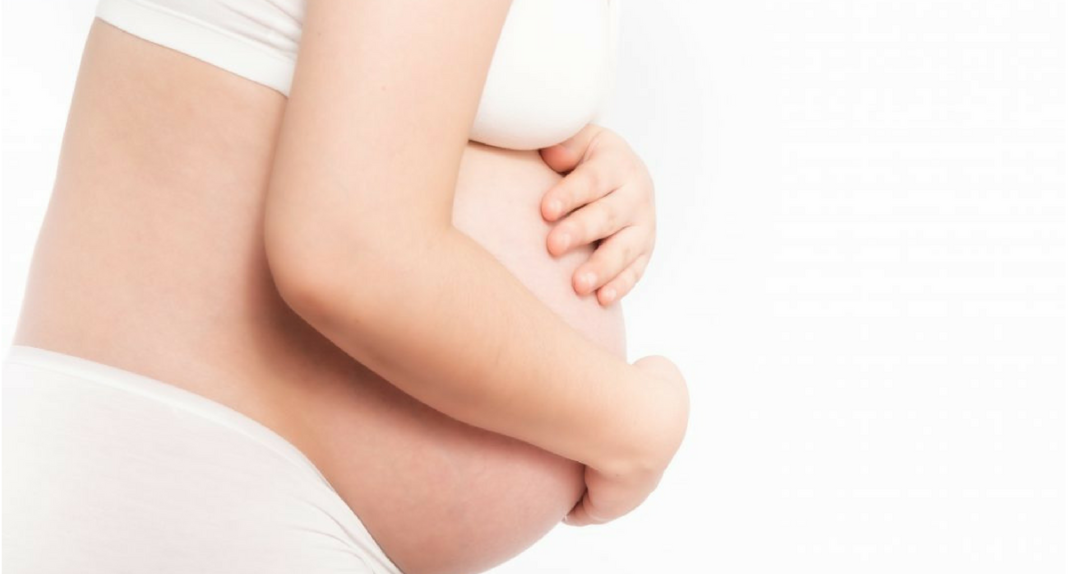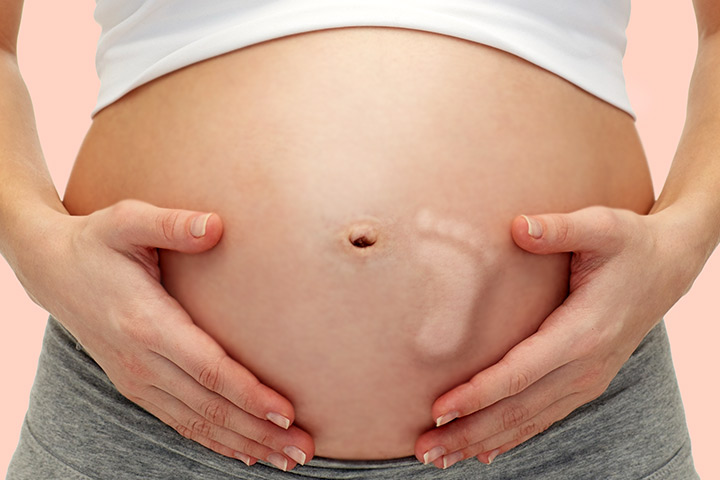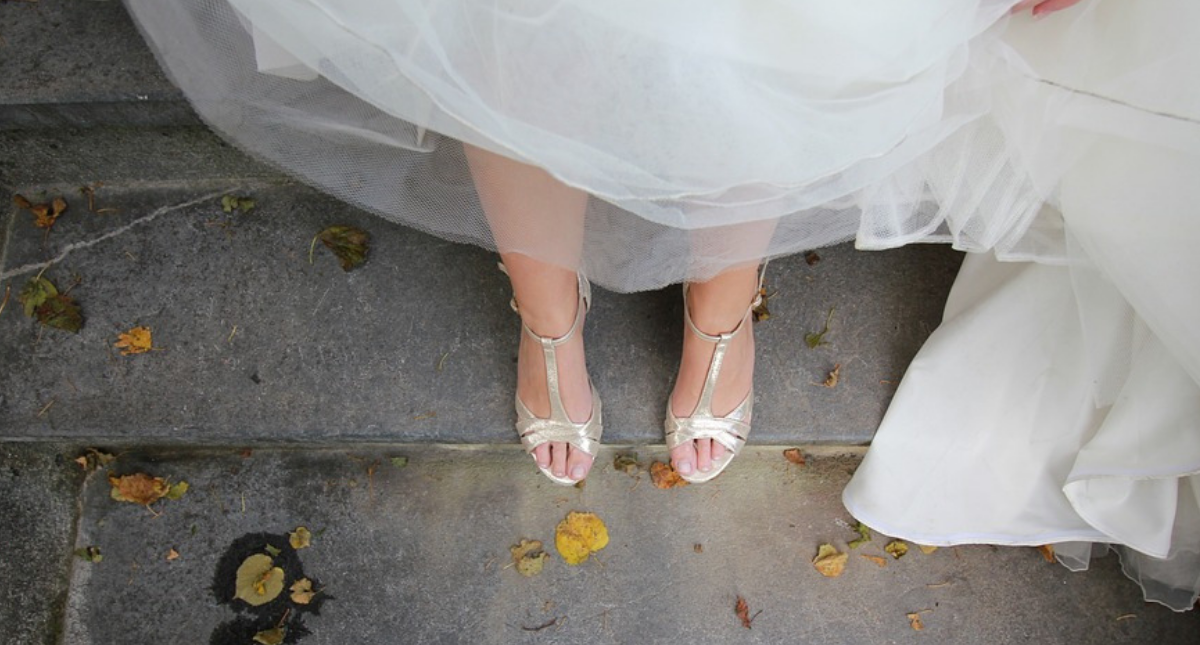

The moment you find out you are pregnant is an exciting and unforgettable one. From downloading the necessary apps to staying up to date with your prenatals, you’ve just about got this pregnancy down to a science. If you’ve kept up with your reading, you’ve probably come across the term, Braxton Hicks. But what exactly are they? And what do they mean for your pregnancy?
What Are Braxton Hicks?
When you start nearing the end of your pregnancy, your body will begin to prepare itself for the big day. One of the ways it preps itself is by practicing contractions. The term Braxton Hicks contractions refers to these practice contractions. Here’s a quick history for you. The term Braxton Hicks is named after the English doctor, John Braxton Hicks, who first discovered them in 1872. When an influx of his patients were confused as to whether or not they were going into labor, he coined the term to describe what is often described as false labor. Because they are a strange sensation, it’s not uncommon for them to be confused with real contractions that can bring on labor pains. Because of this, a lot of moms may think they are a sign of labor when in reality, it’s most likely just false labor.
When Do They Happen?
Braxton hicks can start at early as your first trimester, but you’re likely not to feel them then. First-time moms typically start to notice them in the last trimester. Second time moms are likely to feel them sooner because they know what to look out for. You will know you’re having a Braxton hicks contraction when you feel your belly get really tight or really hard like a basketball. If you find yourself saying “Woah, my stomach just got hard.” Then you are most likely experiencing false labor brought on by Braxton hicks.

Are They True Labor?
Unlike true contractions, Braxton hicks contractions do not follow a rhythm, and they seem to come and go without a true pattern. When Braxton hicks do come, they tend to last anywhere from thirty seconds, but can go for as long as a couple of minutes. A major labor sign is a cervical dilation. Real labor pains cause your cervix to dilate, whereas Braxton hicks contractions do not. If you can get rid of a contraction using some simple methods, then you are most likely experiencing Braxton hicks contractions.
What Do They Mean?
Braxton hicks contractions are not a sign of labor and certainly are not a true labor symptom. When you first start experiencing Braxton hicks, all it means is that your body is getting ready to give birth. That hardness you feel in your belly is your uterus literally tightening itself as your uterine muscles practice for the real contractions. Think of Braxton hicks as the warm-up before real labor pains set in.
Do they hurt?
For the most part, no. Braxton hicks should not be painful. They are however, uncomfortable. At times, especially at the end of your pregnancy, they can be so uncomfortable that you might even think you’re going into false labor. To distinguish between real labor pains and the false labor that comes on during Braxton hicks contractions, here are a couple of tricks to try.

1. Drink Plenty Of Water
If you feel your stomach starting to tighten, that means a Braxton hicks is coming along. To relieve the discomfort, be sure to keep a bottle of water nearby. Taking small sips and staying hydrated throughout the day will relieve some of the discomfort that your Braxton hicks bring on. It’s important to stay hydrated throughout your pregnancy not only to relive your Braxton hicks contractions but to fight off any issues caused by dehydration.
2. Lay On Your Left Side
Braxton hicks during bedtime can be considerably uncomfortable. If you find yourself in this position, consider sleeping on your left side. Sleeping on your left side will alleviate any compression on your main artery, the vena cava. Along with this, sleeping on your left side will help promote good blood circulation. Something that is vital to keeping your baby safe and well nourished.
3. Massage
To loosen up any tense muscles, have your partner give you a leg rub or a gentle back massage. For an even more effective massage, consider visiting a masseuse who specializes in working with pregnant women. If you find that your Braxton hicks are coming on more often, or tend to be more on the uncomfortable side, then a massage can help loosen up any tight muscles and ease some of your discomfort.

4. Move Around
Taking a short stroll, or walking around the house is another great way to get rid of Braxton hicks. When you move around, you encourage blood circulation. And in turn, this helps relieve the contractions. If you find that moving around is not getting rid of the discomfort, this may be a sign of labor, and you should contact your doctor or midwife immediately
5. Take A Warm Bath
A warm bath is another great way to get rid of the Braxton hicks. A soothing warm bath will help relax your muscles and should help get rid of the tightening. If you want an added dose of comfort, you can add a couple drops of soothing essential oils like lavender and chamomile to your bath water. Just remember to keep the bath water warm and not hot. You don’t want to soak in a steaming bathtub because you’ll run the risk of overheating yourself.
6. Indulge In A Warm Drink
Warm drinks like herbal teas and warm milk can help relieve Braxton hicks contractions. Warm milk will give you an extra dose of calcium that will benefit your baby. Herbal teas are known to promote healthy pregnancies especially since herbal teas typically do not contain any caffeine. Non herbal teas can be just as soothing. Just be sure to consume non herbal teas in moderation because of the caffeine content.
7. Listen To Your Body
Some doctors agree that Braxton hicks can be a way your body is telling you to slow down. If your Braxton hicks are a bit more uncomfortable than usual or are occurring more than usual, then you might need to consider your activity level. If you are more active than usual, then try slowing things down and taking a break.
Final Thoughts
Although Braxton hicks can be annoying, be prepared to experience more Braxton hicks contractions. The farther you get into your pregnancy, the more they will come on. And chances are, the more uncomfortable they may be. The annoying false labor aches will soon turn into labor pains that can only mean one thing: Real contractions. Embrace this exciting time, because it’s fleeting. And believe it or not, if you are anything like me, you might miss those strange, uncomfortable pains that are Braxton hicks. Good luck!
Related Article: The Pros and Cons of Having Medicine During Birth




















